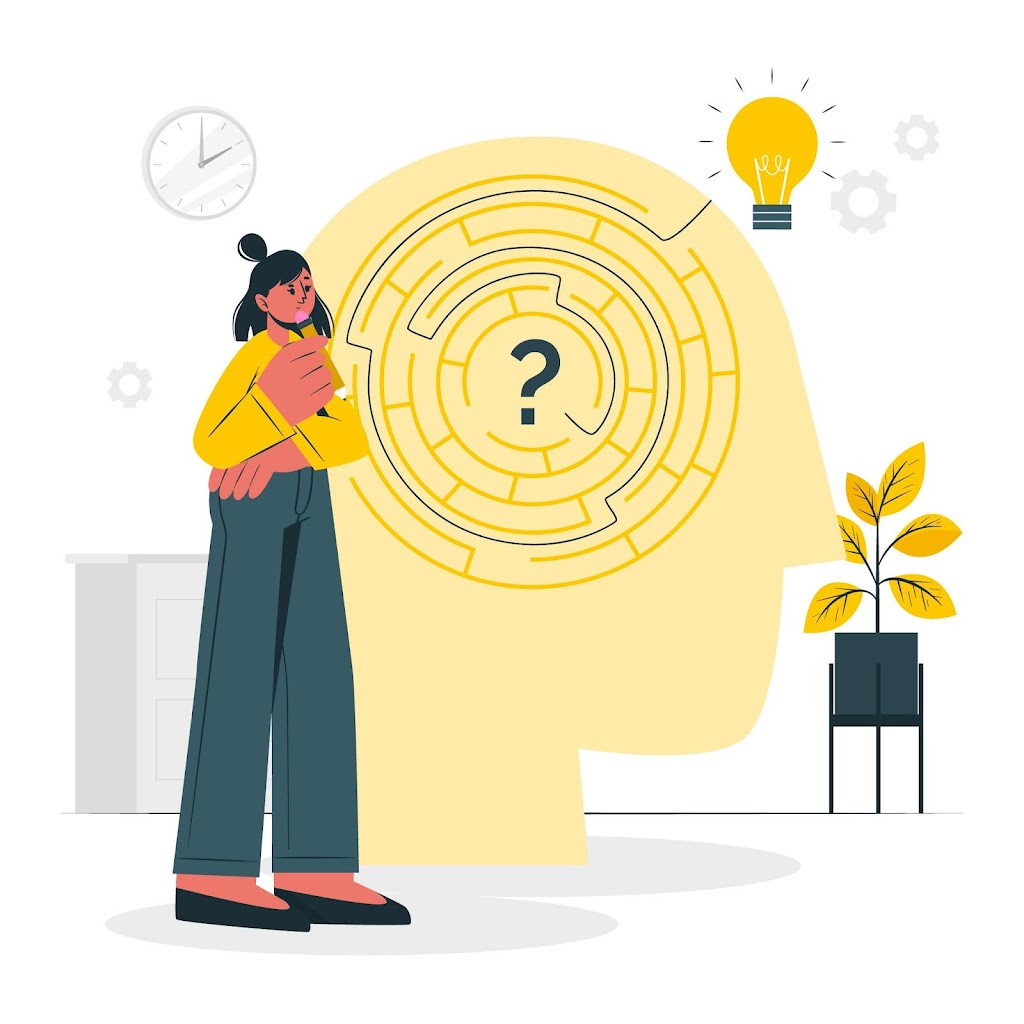Problem-solving is an invaluable skill that plays a crucial role in both personal and professional life. Whether dealing with everyday challenges or complex issues, having a structured and efficient approach to problem-solving can make all the difference. Mastering this skill enables individuals to navigate obstacles, make informed decisions, and achieve desired outcomes with confidence.
In this guide, we will explore a step-by-step approach to effective problem-solving, highlighting essential techniques to help you tackle challenges efficiently.
Step 1: Recognize the Problem
The first and most important step in problem-solving is recognizing that a problem exists. Without a clear understanding of the issue, it becomes difficult to find an appropriate solution.
- ✅ Clearly define the problem: Be specific about what is going wrong.
- 🔎 Identify the symptoms: Understand how the issue manifests itself.
- 🧐 Find the root cause: Look beyond the surface to determine the underlying reasons.
- ❓ Ask relevant questions: Explore different perspectives to gain deeper insights.
Step 2: Acquire Data
Once you recognize the problem, gather as much relevant information as possible. The more data you have, the better your decision-making process will be.
- 📚 Research thoroughly: Use credible sources to collect data.
- 📊 Observe patterns: Identify trends or recurring issues.
- 🗣️ Consult experts or stakeholders: Gain insights from those who may have experience with the problem.
- 🔬 Differentiate between facts and assumptions: Ensure you are working with accurate information.
Step 3: Generate Possible Solutions
With a solid understanding of the problem, the next step is to explore potential solutions. Brainstorming is a key aspect of this phase, and creativity plays an important role.
- 📝 List all possible solutions: Even seemingly unconventional ideas should be considered.
- 💡 Encourage innovative thinking: Think outside the box to find unique solutions.
- 🤝 Involve others: A collaborative approach often leads to better ideas.
- 👀 Consider different perspectives: What works for one situation may not work for another.
Step 4: Evaluate Solutions
Not all solutions are equally effective. It is essential to evaluate each potential solution carefully to determine the best course of action.
- ⚖️ Assess feasibility: Is the solution practical and achievable?
- ➕➖ Weigh pros and cons: Consider the advantages and disadvantages of each option.
- 🚧 Analyze risks: Identify potential challenges or unintended consequences.
- 🏆 Use decision-making tools: Techniques like SWOT analysis (Strengths, Weaknesses, Opportunities, and Threats) can help in evaluation.
Step 5: Choose the Best Solution
After thorough evaluation, select the most effective and realistic solution. This decision should be based on objective analysis rather than emotions or assumptions.
- 🎯 Prioritize effectiveness: Choose the solution that best addresses the root cause of the problem.
- 🎯 Ensure alignment with goals: The solution should contribute to the desired outcome.
- 🤝 Gain consensus: If working in a group, ensure all stakeholders are on board with the decision.
Step 6: Create an Action Plan
A well-structured action plan is essential for successful implementation of the chosen solution. Without a plan, even the best solution may fail.
- 📌 Break down the solution into smaller steps: This makes execution more manageable.
- ⏳ Set clear deadlines: Timeframes help track progress.
- 🛠️ Allocate resources: Ensure you have the necessary tools, skills, and support.
- 📋 Define roles and responsibilities: If working with a team, assign specific tasks to individuals.
Step 7: Execute the Strategy
With a concrete plan in place, it’s time to put the solution into action.
- ✅ Follow the plan with commitment: Stay focused on executing each step.
- 🚀 Be proactive: Anticipate potential obstacles and address them promptly.
- 📢 Communicate effectively: Keep all stakeholders informed.
- 🔄 Stay flexible: Be prepared to make adjustments if necessary.
Step 8: Monitor Progress
Implementing a solution is not the final step; monitoring progress ensures that the solution is working as intended.
- 📈 Track key indicators: Measure the effectiveness of the solution.
- 🗣️ Gather feedback: Assess how well the plan is being executed.
- 🚧 Identify roadblocks: Recognize and address any new challenges that arise.
- 📊 Compare expected vs. actual results: Determine if the problem is being resolved.
Step 9: Make Adjustments
If the solution is not yielding the expected results, modifications may be required. Being adaptable is a crucial part of effective problem-solving.
- 🕵️ Identify gaps: Find areas where improvements are needed.
- 🔄 Revise strategies: Make necessary changes to improve effectiveness.
- 🗣️ Learn from feedback: Listen to input from others and incorporate valuable suggestions.
- ⏳ Remain patient: Some solutions take time to show results.
Step 10: Learn from the Process
Regardless of the outcome, every problem-solving experience provides an opportunity for learning and growth.
- 🤔 Reflect on the process: Identify what worked well and what could be improved.
- 📖 Document key insights: Keeping records helps in handling future challenges more effectively.
- 👥 Share knowledge: If working in a team, discuss learnings with others.
- 📚 Develop problem-solving skills: Continuous learning enhances decision-making abilities.
Conclusion
Problem-solving is an essential skill that requires a structured approach and a proactive mindset. By recognizing problems, gathering relevant information, generating and evaluating solutions, implementing a well-structured plan, and learning from experiences, individuals can navigate challenges effectively.
Every problem is unique, and while the steps outlined in this guide provide a solid framework, they can be adapted to suit specific situations. In cases where professional assistance is needed, seeking expert guidance is always a wise decision.
By mastering the art of effective problem-solving, individuals can enhance their ability to tackle obstacles efficiently and make informed, confident decisions in all aspects of life.

